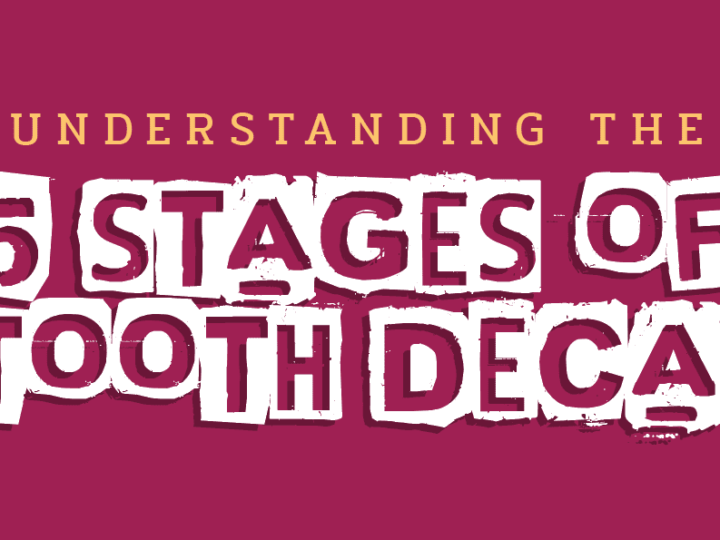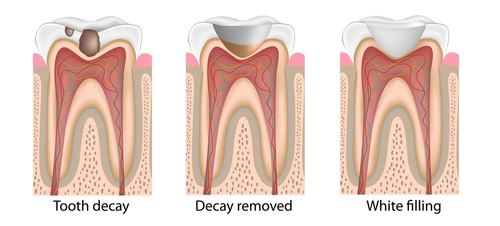By Clark B. Hammock, DMD, P.A.
How Can I Have Five Cavities? You Must Be Crazy!
This experience is basically the dental equivalent of sticker shock and I see it most frequently with young adult patients and those in the 30-something age group. Often the patient has been under the same dentist’s care since childhood, but is new to the area and suddenly forced to make a change. In this hypothetical example, let’s say I reference the patient’s updated X-rays, examine their mouth, and diagnose five cavities. The patient is shocked and may even go so far as to question my competence.
That’s not what my last dentist said…
So what is happening here? First, understand that cavities do not develop overnight. While patients may imagine cavities popping up out of nowhere, decay is a gradual, slow progression. These carious lesions (cavities) may have started developing years ago. It is also very likely that they slowly progressed while under the care of their prior dentist. Given their long history caring for the patient, the dentist may have determined that these lesions were small enough to leave alone for the time being, but continue to monitor closely.
It is not uncommon for two talented dentists to have opposing philosophies; one more conservative in prevention and the other more aggressive. The diagnosis should always be consistent but treatment recommendations can vary greatly. Dentists are trained to diagnose and recommend treatments but in some cases there can be a dozen different treatment options. It is unrealistic to expect identical recommendations from every dentist. Many variables come into play including: patient compliance, patient home-care, periodontal (gum) health, tooth position and tooth anatomy, plaque index or plaque rate, diet and nutrition, and salivary flow to name a few.
Isn’t a Cavity a Cavity?
Most patients believe a cavity is a cavity but in dentistry it’s never quite that simple. If you find yourself in this situation, talk to your new dentist honestly about your concerns and ask questions about all treatment options. Understand there is an ambiguous nature to some of dentistry just like there is with all medical healthcare. Your dentist is trying to determine the best treatments for you. Trusting your dentist is vital to your care and that trust comes through open communication, knowledge and understanding.
You can also read this 2011 NY Times article, “A Closer Look at Teeth May Mean More Fillings.”
Another informative post written by Jake the Dentist, “Why does one dentist tell me I have eight cavities while another says I have none?”



